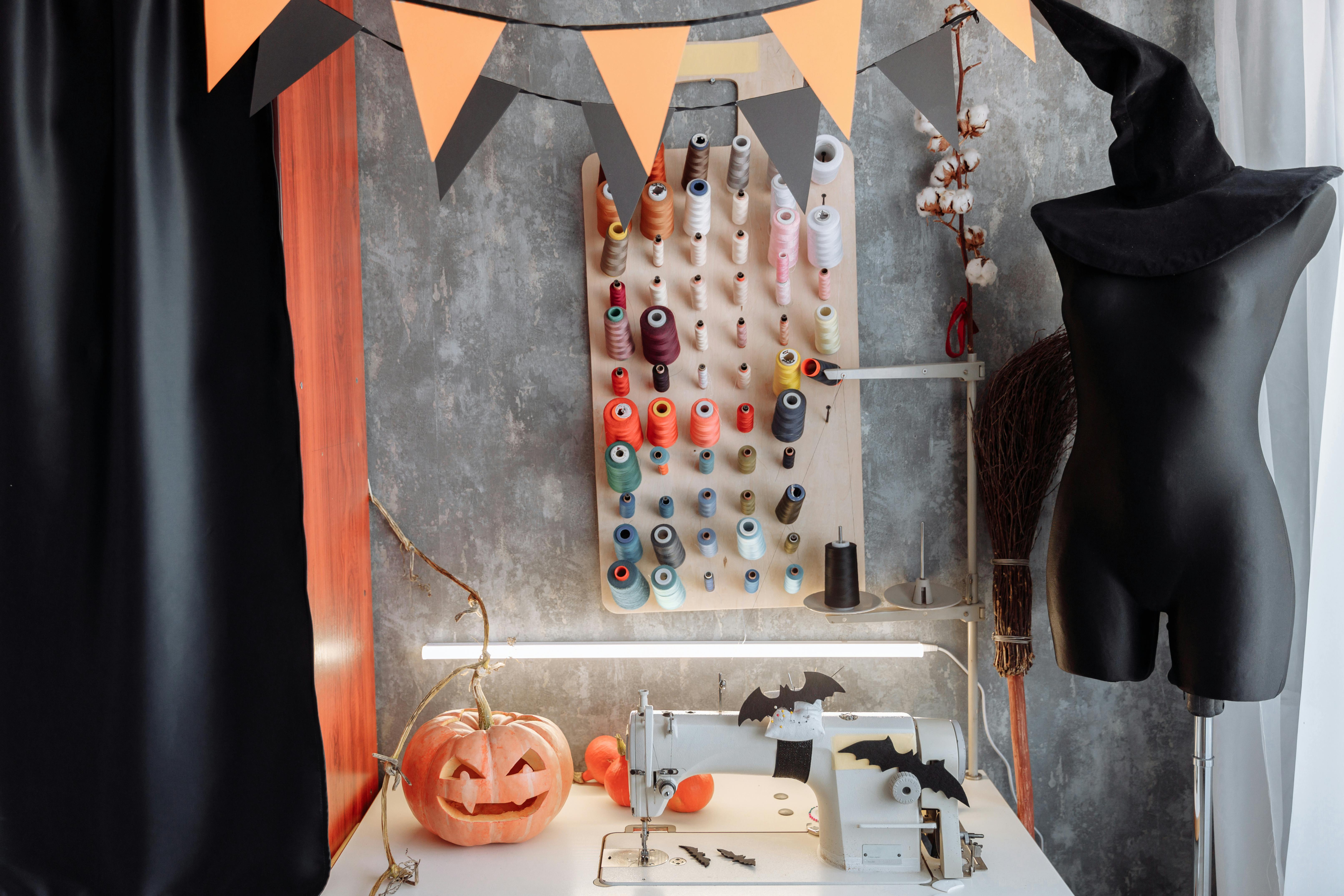
Female sexual abusers: who are they? Part III
There weren’t many statistics, because no one thought it was a problem. But then, in 1990, Ramsay-Klawsnick found that teenage boys were abused by adult women 37% of the time and teenage girls 19% of the time; and in six studies reviewed by Russell and FInkelhor, female perpetrators accounted for 25% or more of those abused. In 1996, the National Center on Child Abuse and Neglect conducted extensive research on child maltreatment. Of the three million children investigated, more than one million were identified as victims of abuse and of the million, 12% were sexually abused. Sexual abuse of children by women, primarily mothers, once thought so rare it could be ignored, made up 25% (approximately 36,000 children) of sexual abuse victims. Furthermore, all of these statistics are likely underestimated because victims of this type of abuse rarely disclose it. Finally, there is an alarmingly high rate of sexual abuse by women in the background of rapists, sex offenders, and sexually aggressive men: 59% (Petrovich and Templer, 1984), 66% (Groth, 1979), and 80% (Briere and Smiljanitch). , 1993).
Why have we not been aware as a society of this problem? Probably because women have been idealized as mothers and nurses. They have not been seen as sexual offenders. And because they are caregivers and are expected to be emotional, warm, and physical with children, no one notices or suspects them. Sexual abuse by women is rarely reported because their victims are often their own children, who depend on them. Furthermore, these children either do not understand what is happening to them or do not believe that anyone believes them. And for the male victims, there is additional shame and denial, they must have wanted it, men (boys) cannot be raped!
But women can be sexual offenders. And although the abuse they are capable of does not evoke violent images of attack and penetration, surveys show that women are capable of exercising other types of violence towards their victims, sometimes physical and almost always psychological and verbal. This abuse can penetrate deeper into the psyche of its victims because they are the only person who was never supposed to betray them.
What kind of woman would betray her own child or someone else’s child in such a way and why? The profile of a female sexual abuser looks like this: she is likely to be a person with low self-esteem who may have had a history of severe emotional and verbal abuse and/or been a victim of childhood sexual abuse. In fact, a study by Fowler et al in 1983 found that 80% of incestuous people had been sexually or physically abused as children. There would be feelings of alienation and isolation and possibly the loss of a spouse or other adult partner. She may have a history of drug or alcohol abuse and, less often, a history of indiscriminate or compulsive sexual activity. There may be arrested psychosexual development; there may be a need for power and control in some aspect of her life. But the common perception that any woman who does this has to be mentally insane is false. Only a minority of female abusers fail reality testing measures. How the abuse occurs and with whom may differ, but personality type can be built from the above profile.
David Finkelhor, who has written extensively on this topic, argues that there is a Four Factor Model, or put another way, there are four components that contribute to varying degrees to child sexual abuse:
1. Emotional congruence: a satisfaction of emotional needs through the abuse of a child that is due to arrested psychosexual development, immaturity, or low self-esteem.
2. Sexual arousal: Probably due to family conditioning through their own childhood abuse or early fantasy enhanced by masturbation.
3. Blockage: Age-appropriate sexual opportunities have been interrupted by a traumatic sexual experience with an adult, sexual dysfunction, limited social skills, or a marital disorder such as loss of a spouse. The latter has been described as a “Loss Theory” phenomenon that precipitates abuse.
4. Disinhibition: Due to poor impulse control, whether due to substance abuse, a chaotic family history, or psychotic mental illness.
There are women who are pedophiles and simply go after children for sex, but the female abuser generally falls into one of three categories:
1. Predisposed offender: The abuser was also abused as a child and continues the generational pattern by abusing their own children. It is believed that he becomes a delinquent in an effort to resolve his own childhood sexual trauma.
2. The teacher/lover: usually gets involved with an adolescent male with whom he relates as a peer. She may be seeking non-threatening emotional intimacy.
3. The Male-Coerced Offender: You are being targeted by an abusive male on whom you are extremely dependent. But he can eventually initiate the sexual abuse on his behalf.
While the public is periodically shocked by the sensational revelations of the second and third kinds of female abusers (ie Hedda Nussbaum, Mary-Kay Latourneau), it’s the first kind we finally have to give a face to: she’s the only one. she that she is silently victimizing thousands of young children who have nowhere to turn for safety. And the children ARE young. Studies have concluded that female abusers victimize younger children than male abusers, likely due to their role as caregivers. If the current research is correct and more girls than boys are sexually abused, then it is logical to conclude that more girls may become sexual offenders and there may be significantly higher numbers of female sexual abusers than we had previously imagined.
It is up to us to cast aside entrenched myths about women, and more specifically about mothers, to confront the pervasive problem of child abuse and more accurately expose all types of child sex offenders.
Roni Weisberg-Ross LMFT 2010
http://www.roniweisberggross.com